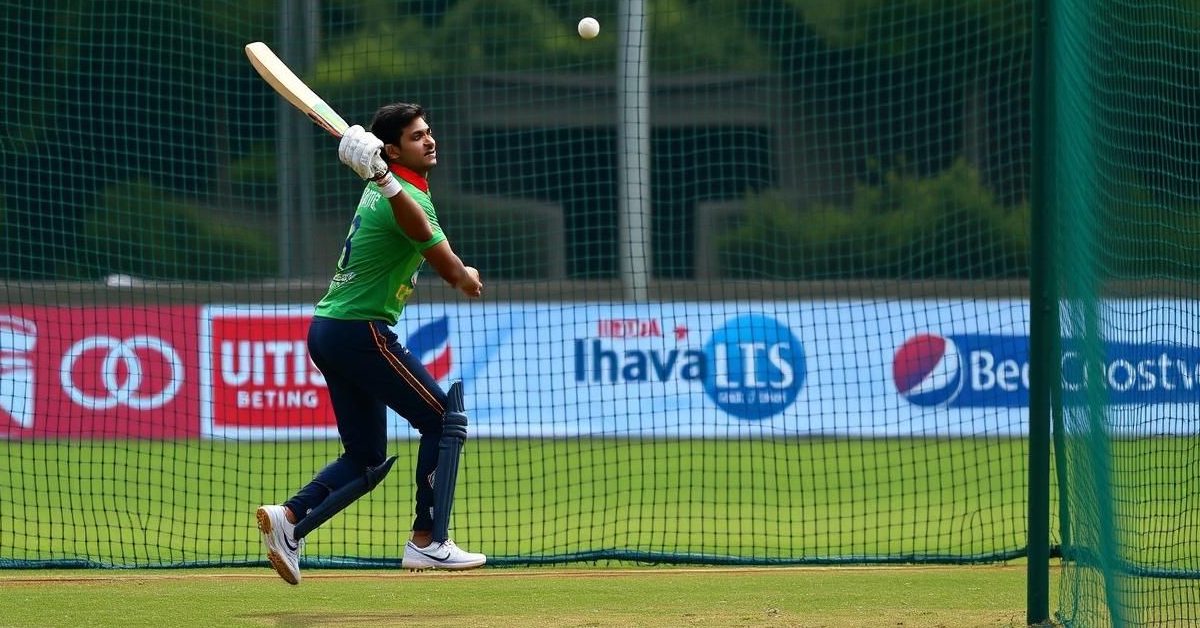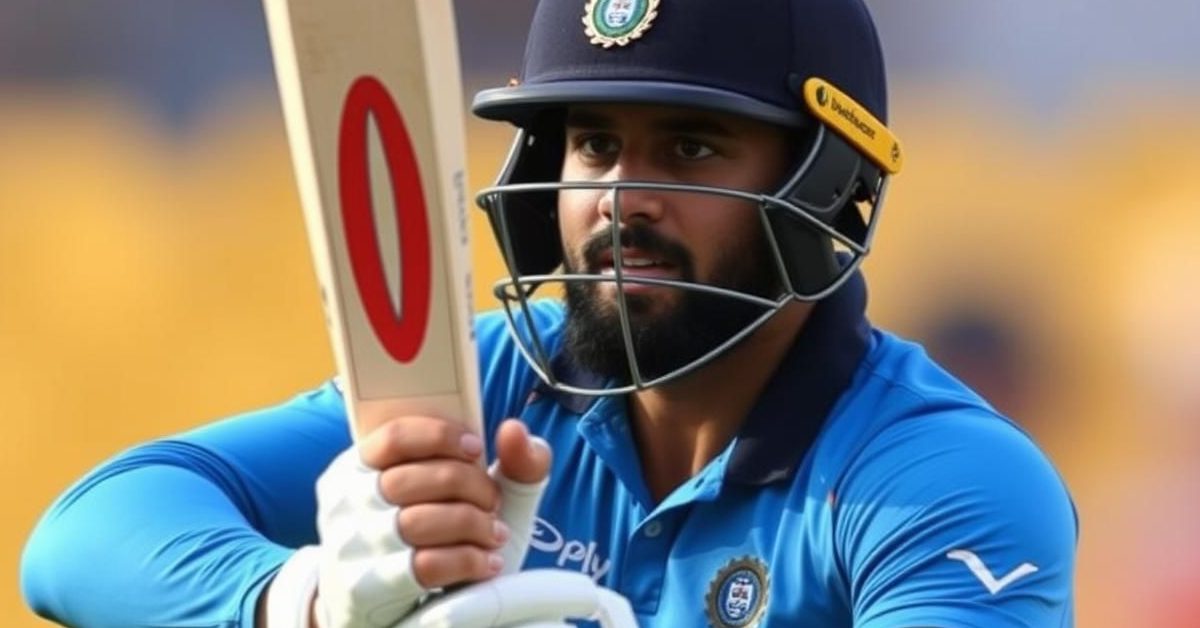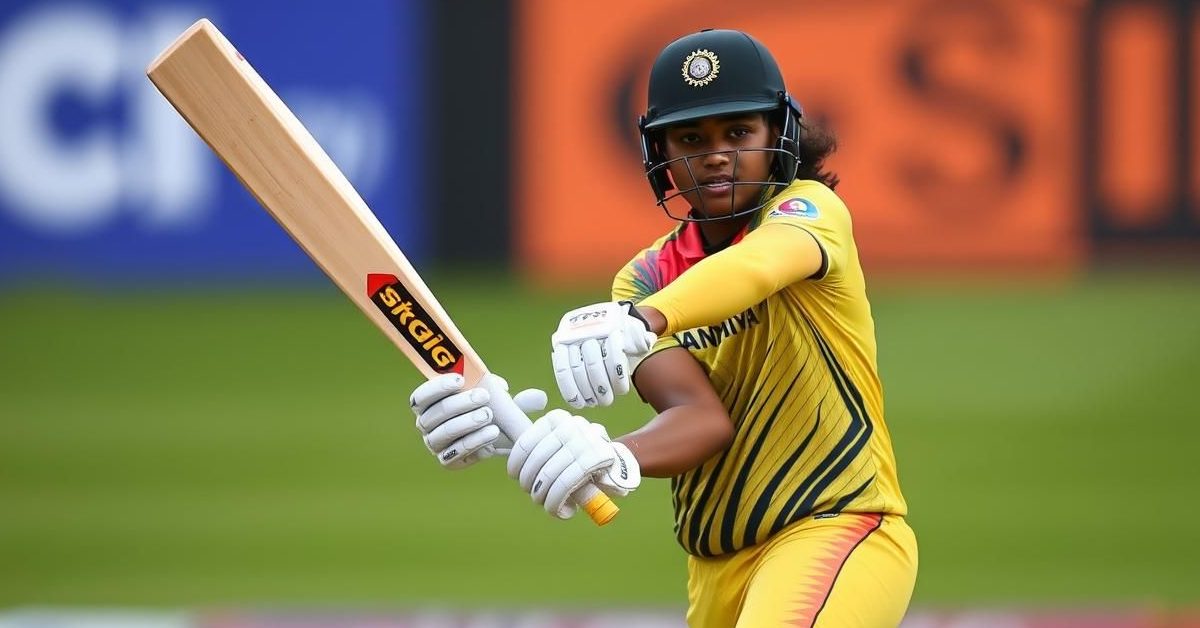The Unseen Ordeal of Kuldeep Yadav: A Net Session’s Silent Plea
Just days before the crucial second Test against England, the nets buzzed with anticipation. Young batting sensation Yashasvi Jaiswal, having confidently dispatched the pace battery, squared up to Kuldeep Yadav. What followed was a stark, almost poetic, display of unacknowledged brilliance. Kuldeep, with his characteristic guile, unfurled a delivery that dipped with an almost supernatural arc, outfoxing Jaiswal mid-air. The drive was mistimed; a simple catch for a hypothetical silly mid-off. Jaiswal’s immediate, frustrated smack of his pads spoke volumes.
Yet, there was no jubilant roar from Kuldeep. No celebratory fist pump. Just a quiet, almost melancholic, walk back to his mark. It was a gesture of resignation, a silent acknowledgement that even such masterful deception at the nets might not pave his way into the playing XI at Edgbaston. Whispers from the Indian camp, echoed by hints from certain support staff, strongly suggested that the wrist-spinner would, once again, be confined to the sidelines.
The Specialist’s Plight: Is Test Cricket Losing Its Soul to “ODI-fication”?
For the second consecutive Test, India’s most impactful bowler in practice seemed destined to miss the cut. The core issue? His designation as a “one-skill” cricketer – a specialist bowler who doesn’t offer significant batting prowess. This trend highlights a troubling shift: the apparent “ODI-fication” of Test cricket. It’s a strategic philosophy where the ability to score runs, or at least contribute with the bat, trumps the primary skill of taking wickets, even for bowlers.
In an era seemingly influenced by figures like Gautam Gambhir and Shubman Gill’s emphasis on deep batting lineups, bowlers who can wield the willow are seemingly higher in the pecking order than those whose sole purpose is to dismantle opposition lineups. It’s a world where the general practitioners are always in demand, while the highly skilled specialists find themselves twiddling their thumbs.
The All-Rounder Obsession: A Risky Gamble in England
At Headingley, India fielded two all-rounders: the seasoned Ravindra Jadeja and the pace-bowling all-rounder Shardul Thakur. The latest indications suggest this strategy might deepen for Edgbaston, with the potential inclusion of young talents Nitish Kumar Reddy and Washington Sundar alongside Jadeja. This would mean three all-rounders in the XI, potentially at the expense of pure wicket-takers like Kuldeep or even the left-arm pacer Arshdeep Singh, both of whom have troubled batsmen consistently in the nets.
This approach hints at playing the longest format with a limited-overs mindset. It’s not quite a T20isation, but certainly an ODI-fication of Tests. The idea appears to be to take early wickets with frontline bowlers, then manage the middle overs with part-timers or all-rounders, all while banking on a packed batting lineup to outscore the opposition. Yet, Test cricket fundamentally remains a wicket-taking contest, not merely a run-scoring marathon.
The Irreplaceable Value of 20 Wickets: A Test Cricket Axiom
No Test match has ever been won without securing 20 opposition wickets. Historically, the true game-changers in Test cricket have been the specialists. While all-rounders like Nitish Kumar Reddy and Washington Sundar can certainly maintain pressure and chip in with crucial breakthroughs, it’s unrealistic to expect them to dismantle a resilient England batting lineup.
Even Ravindra Jadeja, despite his stellar red-ball record, has found wickets hard to come by in England. Finger spinners, regardless of their skill, struggle to generate significant turn on pitches with heavy grass cover. More concerningly, Jadeja has, at times, failed to exploit even the rough patches on the final day, a crucial element for spin in these conditions.
Kuldeep’s Unique Artistry: Deception Beyond the Pitch
Contrast this with a wrist-spinner like Kuldeep Yadav. His unique ability allows him to make the ball break even on surfaces as unyielding as cement, let alone the damp, grassy carpets typically laid out in England. His net session dismissal of Jaiswal perfectly demonstrated his skill to minimize the pitch’s influence, deceiving batsmen mid-air with revolutions and subtle variations in length. It’s a potent weapon. In the past, the English side has fallen prey to his wizardry, with some current players likely still carrying the “Kuldeep trauma” from previous encounters.
Recall the last England-India Test before this series, played in Dharamshala in March 2024. The conditions, a mix of sun, clouds, and wind, mirrored some of England’s summer unpredictability. The pitch was neither a green top nor a rank turner. Yet, under these challenging, spin-unfriendly circumstances, Kuldeep bamboozled the English batsmen with his sheer guile.
First Test centurion Ollie Pope found himself flummoxed by Kuldeep’s tossed-up deliveries and subtle length changes. Wicket-keeper Dhruv Jurel, anticipating Pope’s forward movement, would even call out “Aage badhne waala hai” (He’s about to step out) – a cue for Kuldeep to pull back his length and unleash a perfectly disguised wrong ‘un, leaving Pope stranded mid-pitch.
Ben Stokes, indecisive whether to stride forward or stay in his crease, was trapped LBW by a sharp, incoming wrong ‘un that he simply couldn’t read from the hand. Others struggled equally, their pre-planned sweeps and reverse-sweeps rendered ineffective against the lateral and over-spin of the wrist-spinner. Openers Ben Duckett and Josh Crawley also became his victims. This demonstrated Kuldeep’s rare capability to transcend pitch conditions through aerial deception.
Lessons from History: The 2007 England Triumph
While World Test champions like South Africa still deploy genuine all-rounders, their primary skill (be it batting or bowling) is often on par with a top-order batsman or a frontline strike bowler, respectively. Think of Jacques Kallis or Wiaan Mulder. India, however, urgently needs specialist bowlers who are selected for their wicket-taking abilities first, with any batting contribution being a bonus.
Take Arshdeep Singh, who hasn’t yet made his Test debut but possesses the ideal qualities for English conditions. Even with the white ball, he consistently pitches it up, seeking swing. In the nets, he was hitting the precise “England length” that many Indian pacers struggled to find at Headingley. Shouldn’t he be tried? Yet, again, his lack of batting depth goes against him.
India’s persistent pursuit of a deep batting lineup is either a foolhardy gamble or a purely defensive strategy. Even the “play for a draw” plan, possibly influenced by Jasprit Bumrah’s expected absence from this Test, is fraught with peril. Moreover, the all-rounders at Leeds – Jadeja and Shardul Thakur – provided no significant contributions with the bat themselves.
Rethinking Priorities: Wickets Over Runs
India’s first innings total of 471 at Headingley was commendable for an overseas Test. However, runs alone are rarely enough. The real void was in wicket-taking ability and bowlers suited to English conditions. More all-rounders, without genuine strike capabilities, risk bringing more of the same problems.
History offers clear guidance. What was India’s successful formula when they last won a Test series in England in 2007? That final Test XI featured Dinesh Karthik, Wasim Jaffer, Rahul Dravid (c), Sachin Tendulkar, Sourav Ganguly, VVS Laxman, MS Dhoni, Anil Kumble, Zaheer Khan, RP Singh, and S Sreesanth.
This isn’t about comparing individual talent across eras, but understanding the optimal composition for English success. India requires pure specialists—those who are primarily bowlers or primarily batsmen—rather than “diet all-rounders” who offer a bit of both but excel at neither. That balanced approach works for the white-ball formats, but in the realm of Test cricket, it risks undermining the very essence of the game.











